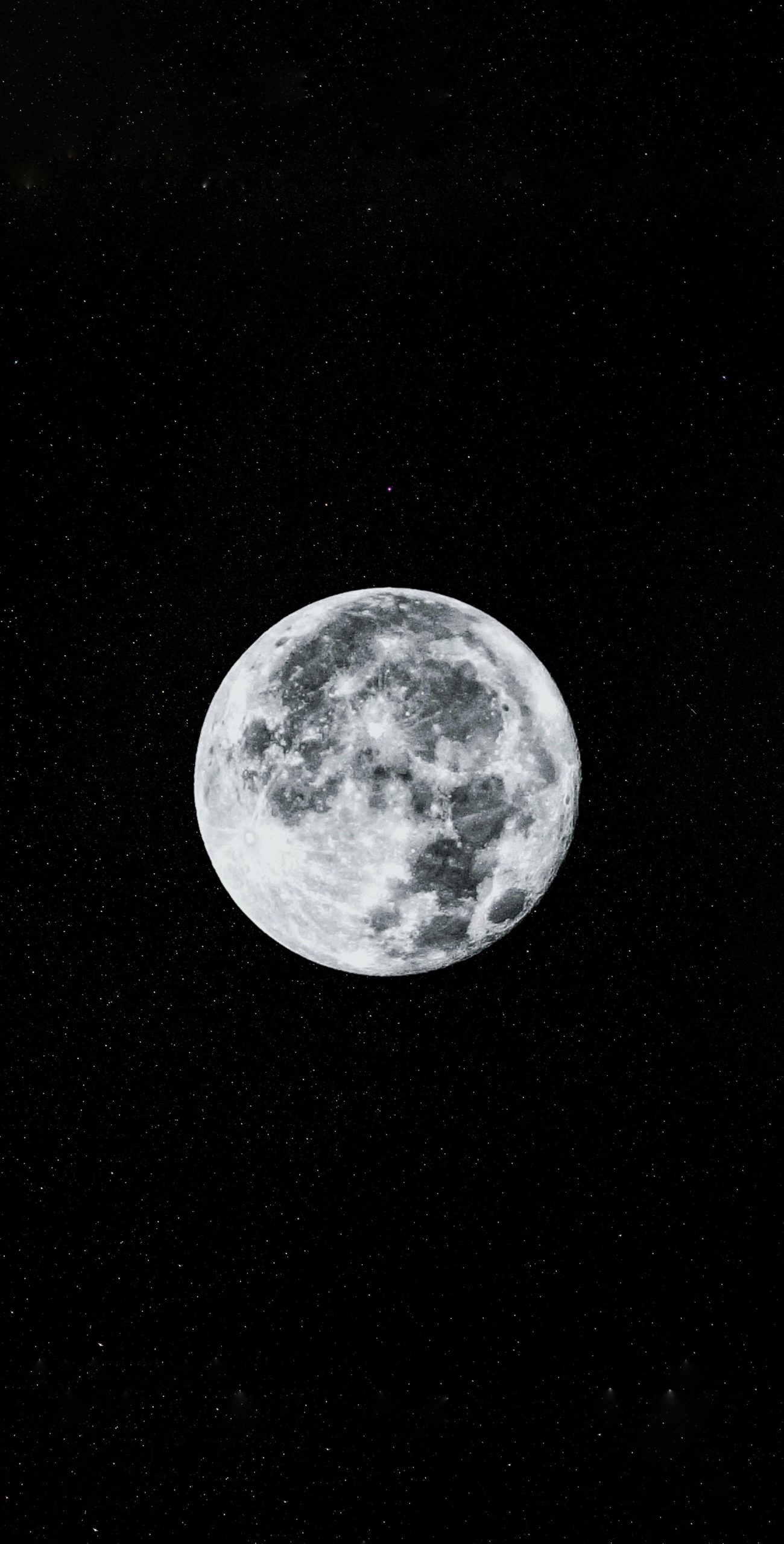Moon Phases in Order: Understand the Lunar Cycle
The moon, our celestial neighbor, has captured human fascination for centuries. Its changing appearance in the night sky has its roots in the complex dance between the Earth, the moon, and the sun. Understanding the moon phases in order can deepen our appreciation of this remarkable cosmic phenomenon.
The Lunar Cycle: A Brief Overview
The moon orbits the Earth, completing one revolution in approximately 27.3 days. As it orbits, different portions of the moon become illuminated by the sun’s light. This illuminated portion of the moon visible from Earth determines its phase.
The four primary moon phases, often referred to as the “lunar cycle,” are the New Moon, First Quarter, Full Moon, and Third Quarter. These phases manifest in a predictable order.
1. New Moon
The lunar cycle begins with the New Moon phase. During this phase, the moon is positioned between the Earth and the sun, hence remaining hidden from our view. The illuminated side of the moon faces away from Earth, resulting in a seemingly invisible moon in the night sky.
The New Moon marks the start of a new lunar month and is often associated with fresh beginnings and new opportunities. It is also the optimal time for stargazing due to the absence of moonlight.
2. Waxing Crescent
Following the New Moon phase, a small portion of the moon becomes visible as a thin crescent. This phase, known as the Waxing Crescent, occurs as the moon resumes its orbit around the Earth.
Often appearing shortly after sunset or before sunrise, the Waxing Crescent offers a tantalizing glimpse of the moon’s emerging presence. It is during this phase that one might spot the elusive phenomenon known as Earthshine, where the earth reflects sunlight onto the moon, illuminating its non-illuminated section.
3. First Quarter
Once the Waxing Crescent phase is complete, the moon reaches the First Quarter phase. At this point, half of the moon becomes illuminated, presenting a perfect half-moon shape to observers on Earth.
The First Quarter marks the midpoint of the lunar cycle. During this phase, the moon is positioned at a 90-degree angle from the sun, making it visible in the afternoon and evening sky. This phase is often associated with a period of growth and progress.
4. Waxing Gibbous
After the First Quarter phase, the moon enters the Waxing Gibbous phase. During this phase, the illuminated portion of the moon continues to grow, moving from a half-moon shape towards a nearly full moon.
The Waxing Gibbous phase is characterized by increasing brightness in the night sky. The moon rises shortly after sunset and provides ample light for outdoor activities during the evening. During this phase, lunar features such as craters and maria (dark basaltic plains) become more pronounced and observable.
5. Full Moon
Once the Waxing Gibbous phase is complete, the moon reaches its fullest illumination, resulting in the Full Moon phase. During this phase, the Earth aligns almost perfectly between the sun and the moon, causing the entire illuminated side of the moon to face Earth.
The Full Moon is a captivating spectacle, illuminating the night sky with its radiant glow. This phase has long been associated with myth, legends, and cultural traditions. Full Moon nights are often celebrated with moonlit gatherings, rituals, and a sense of heightened energy.
6. Waning Gibbous
Following the Full Moon phase, the moon begins to wane, entering the Waning Gibbous phase. During this phase, the illuminated portion of the moon gradually decreases, gradually returning to its half-moon shape.
The Waning Gibbous moon appears in the west after sunset and continues to provide ample moonlight for various activities. It invites reflection, introspection, and a gradual shift towards a more inward, receptive energy.
7. Third Quarter
As the Waning Gibbous phase nears its conclusion, the moon reaches the Third Quarter. At this stage, the moon appears as a precisely half-illuminated disk, mirroring the First Quarter phase.
The Third Quarter phase marks the second half of the lunar cycle. During this phase, the moon is positioned at a 90-degree angle to the sun but on the opposite side, making it visible in the early morning and afternoon sky. It symbolizes a period of release, letting go, and preparing for new beginnings.
8. Waning Crescent
After the Third Quarter phase, the moon enters the Waning Crescent phase. Only a small crescent of the moon is visible during this phase, signaling the approaching end of the lunar cycle.
The Waning Crescent is often characterized by its delicate appearance in the pre-dawn sky. The faint crescent shape bids farewell to the moon’s visible presence before it transitions back into the New Moon phase once again.
Conclusion
Observing and understanding the moon phases in order can be a gratifying experience. By recognizing and appreciating these different lunar stages, we connect with the ebb and flow of nature and gain a deeper understanding of the universe around us.
Next time you gaze at the night sky, take a moment to contemplate the moon’s position and its intricate dance through the phases. It will undoubtedly enhance your connection with the cosmos and foster a sense of wonder.
Table of Contents
